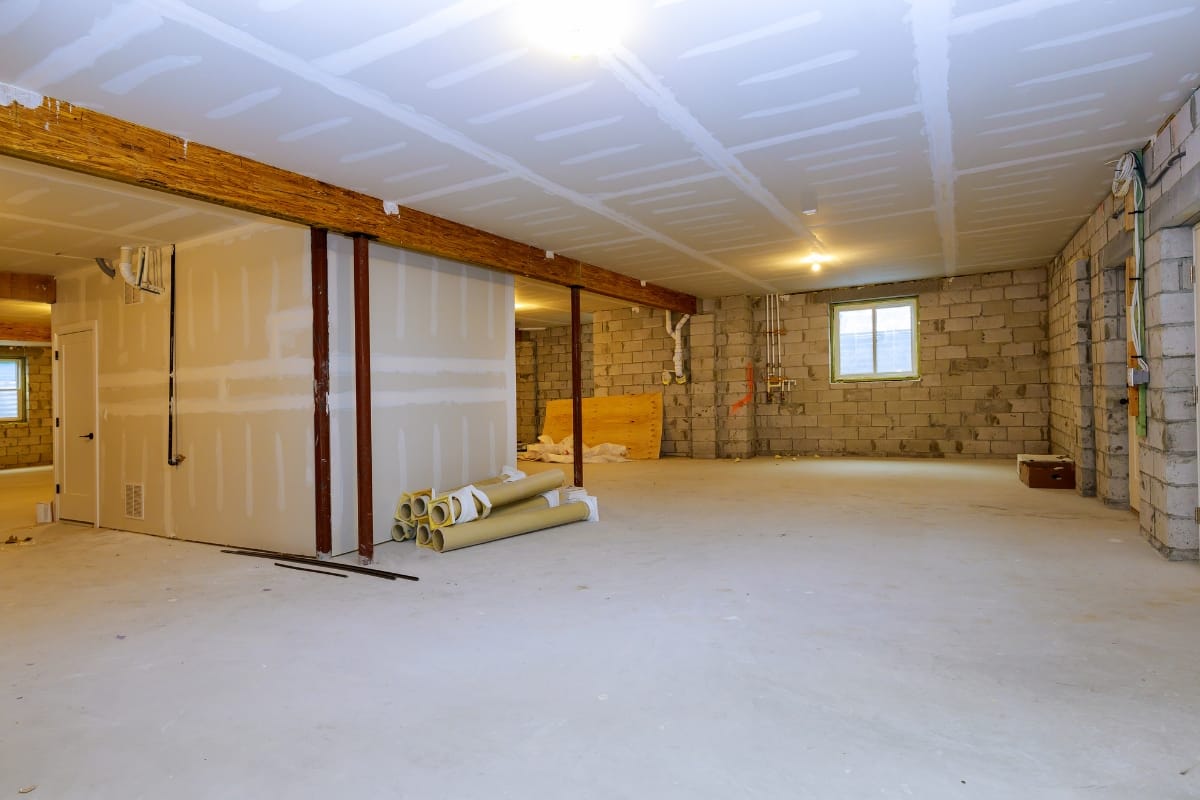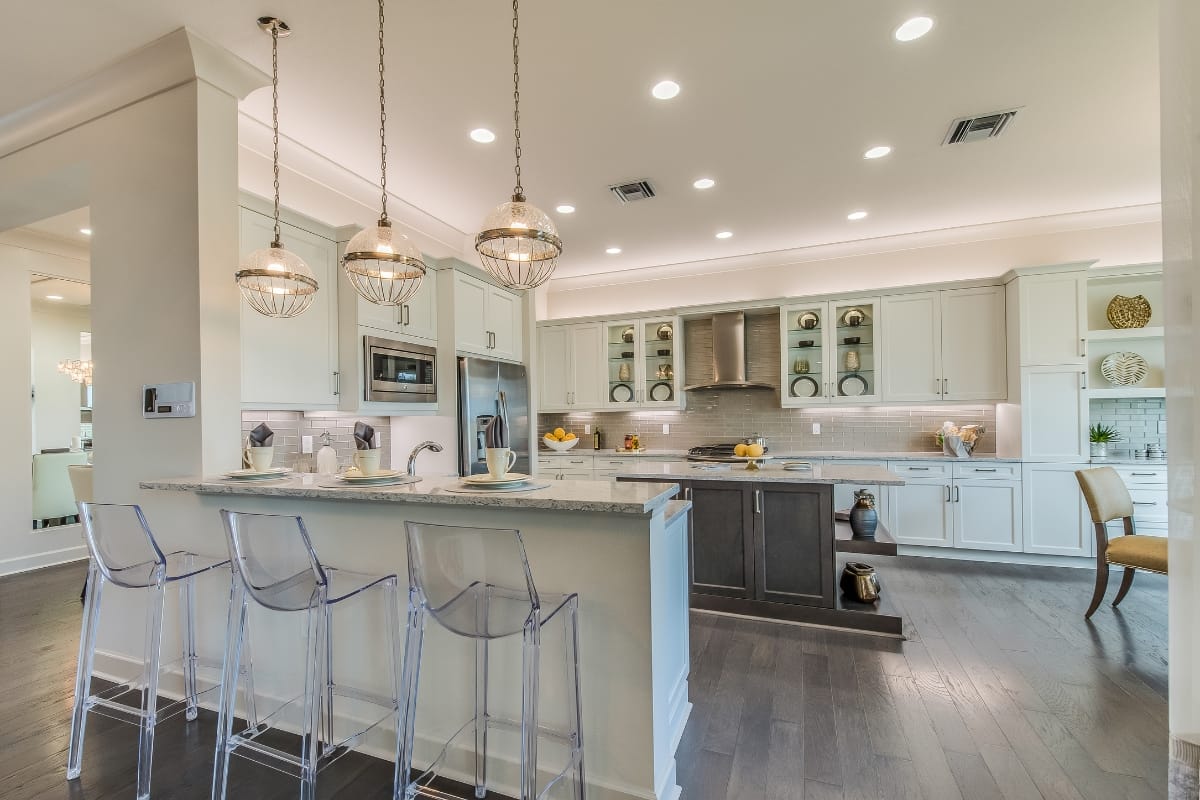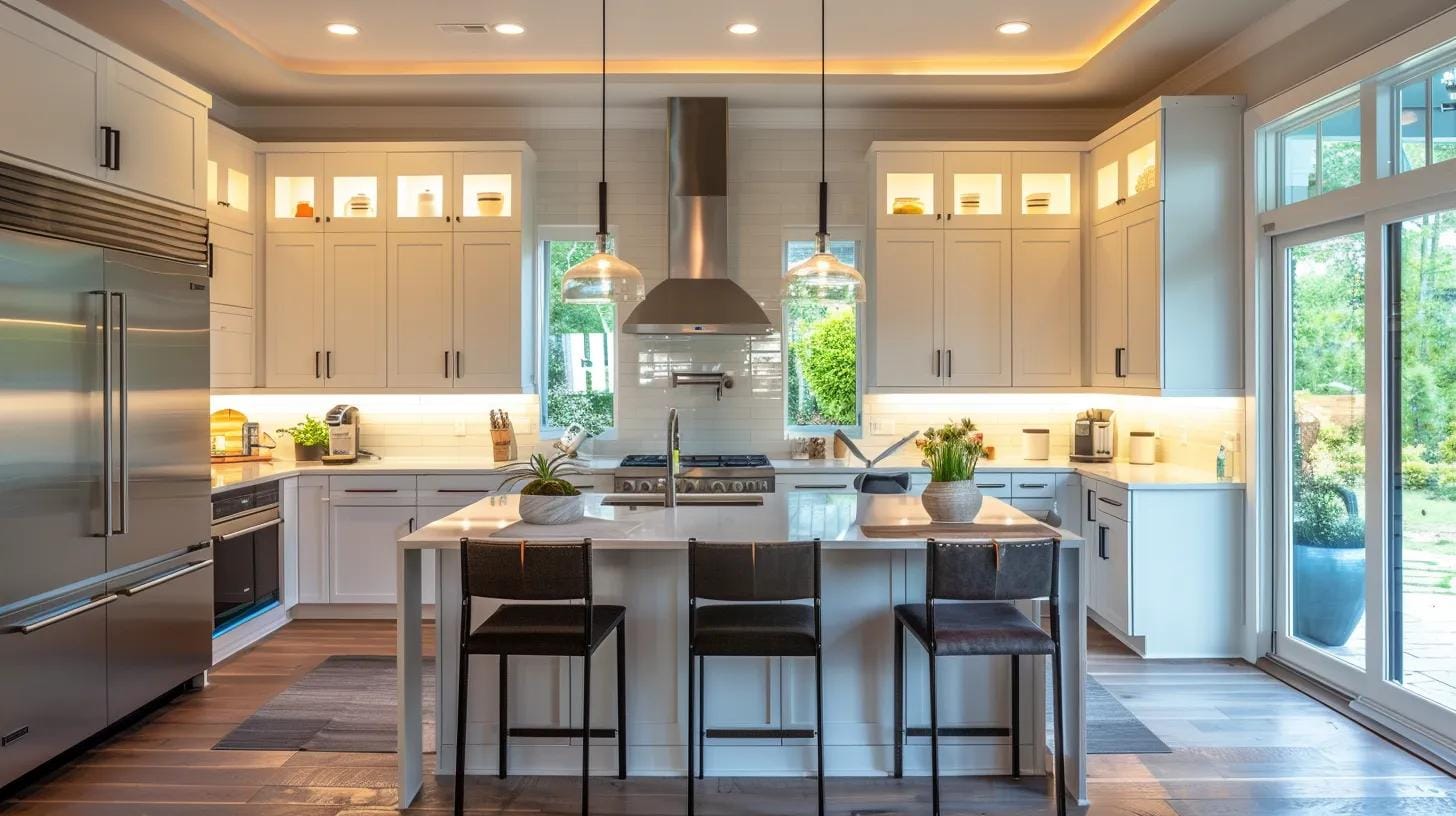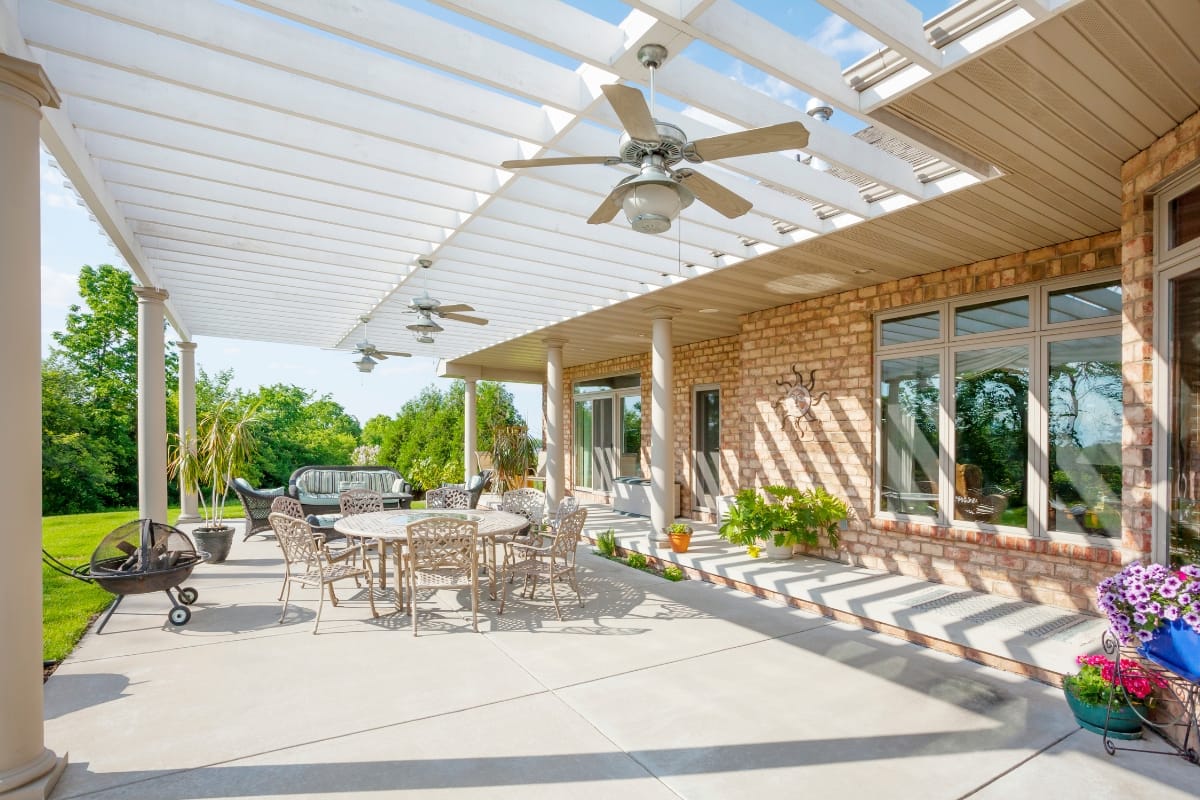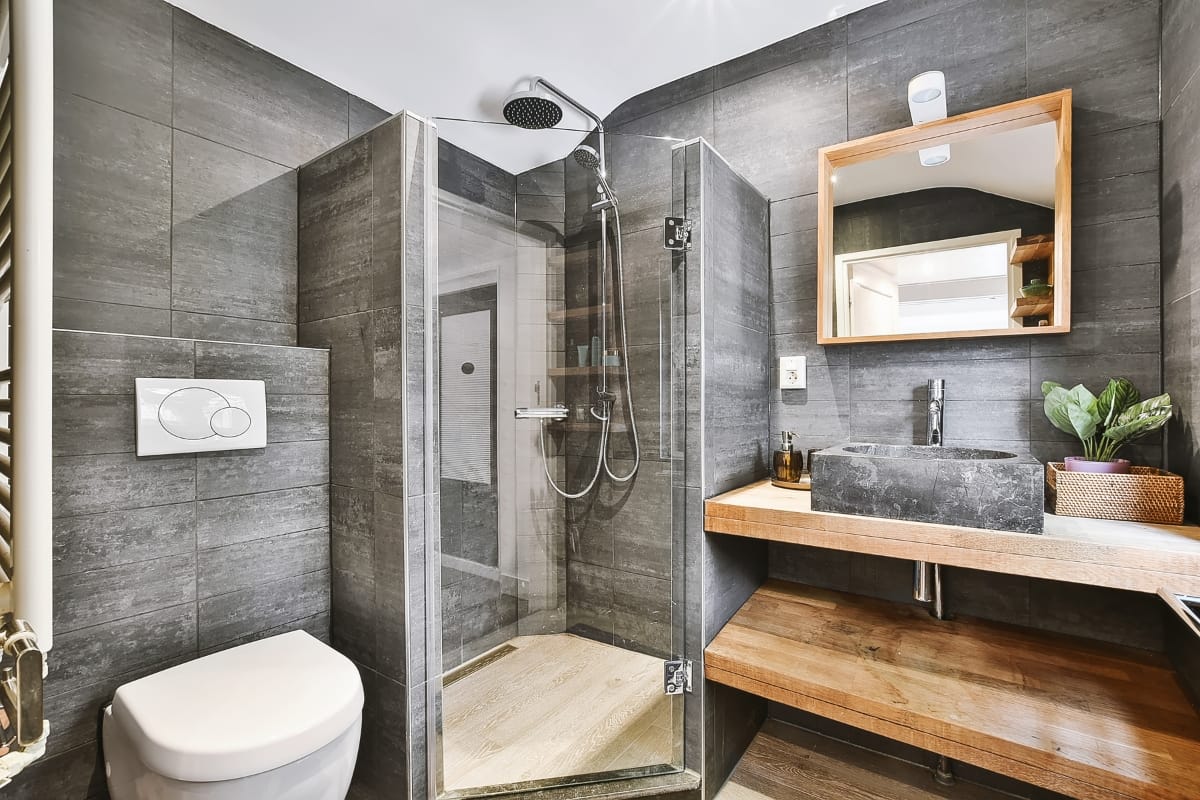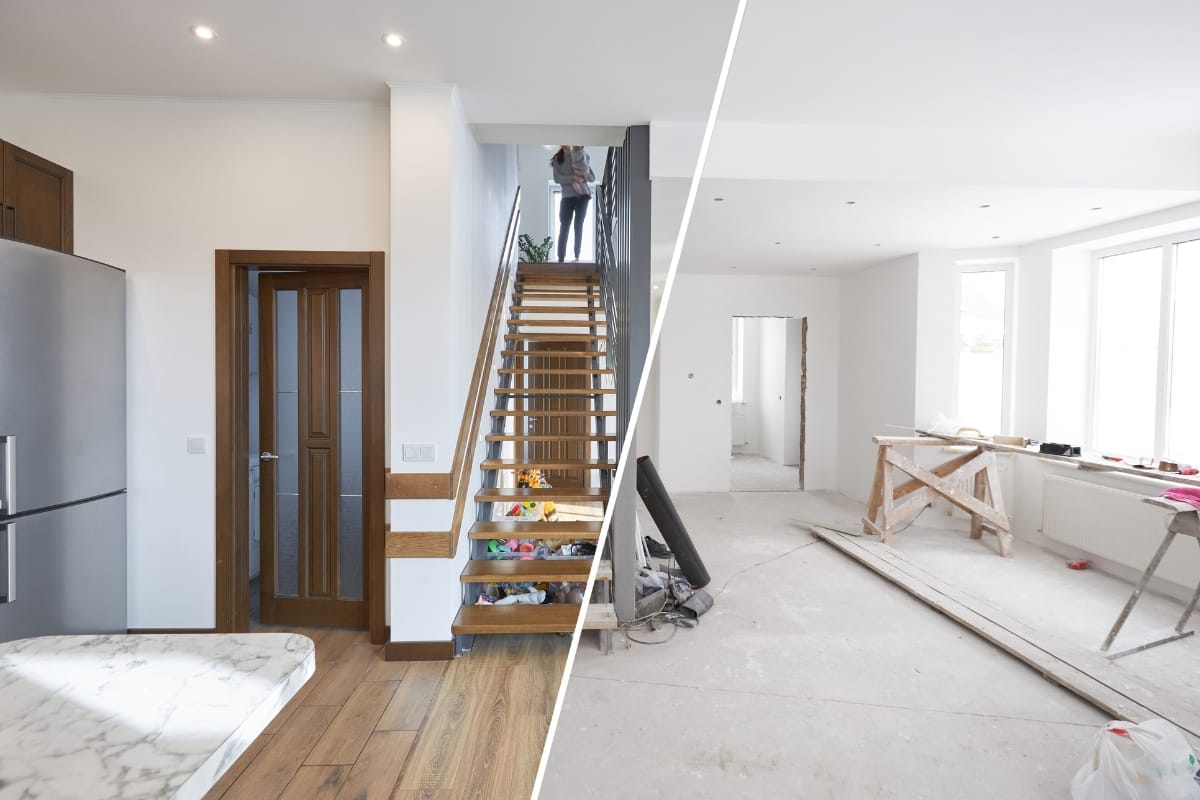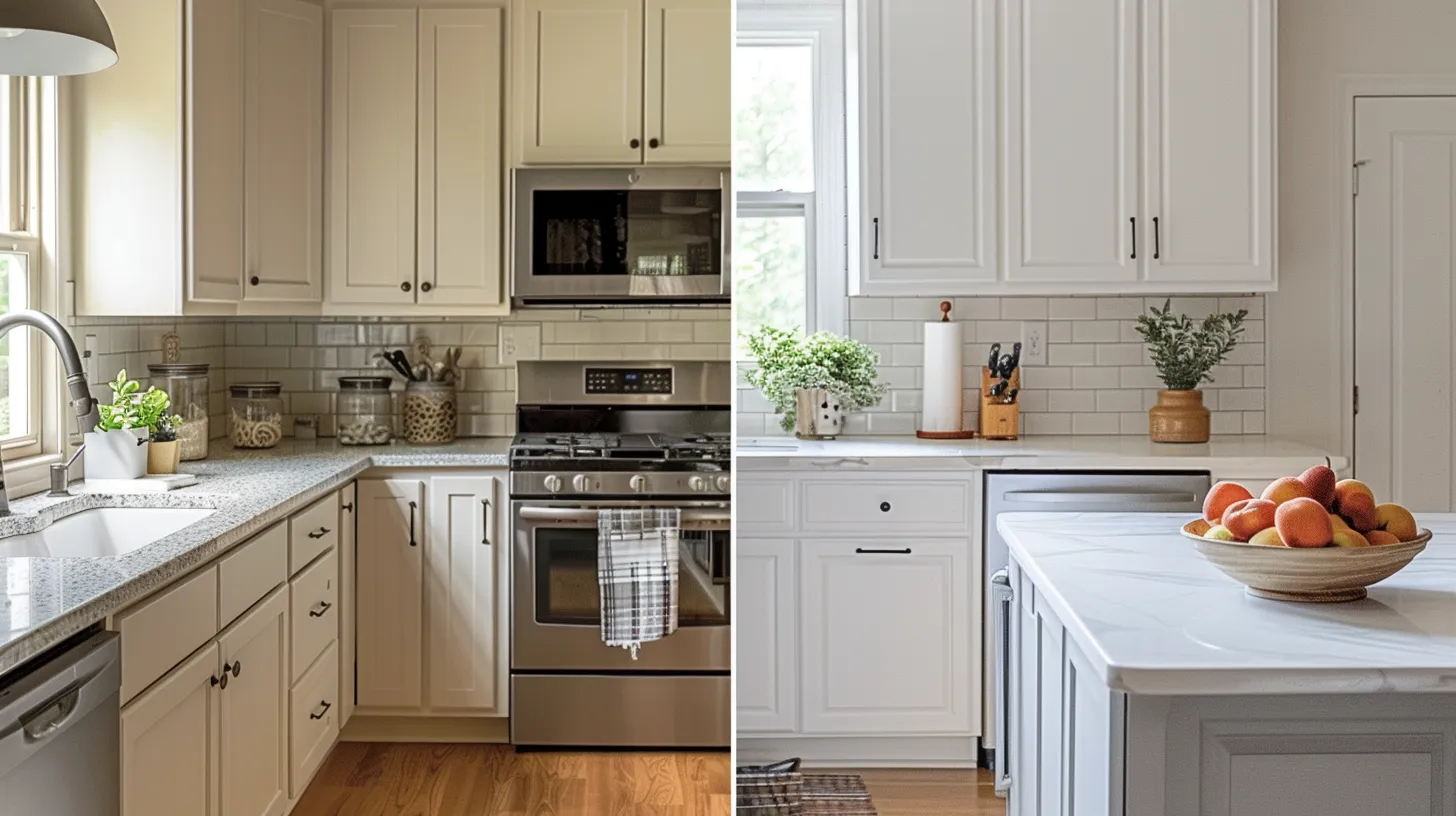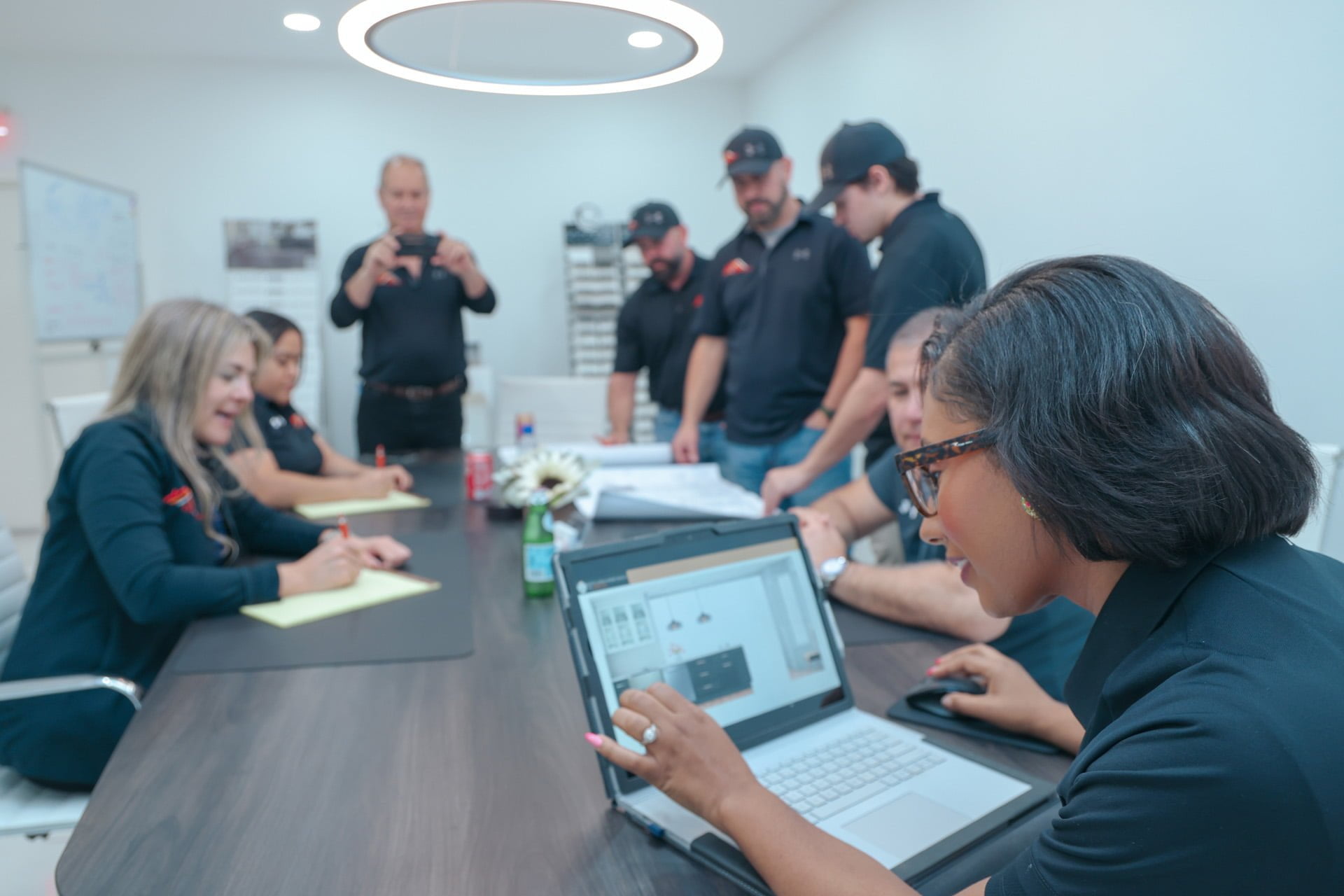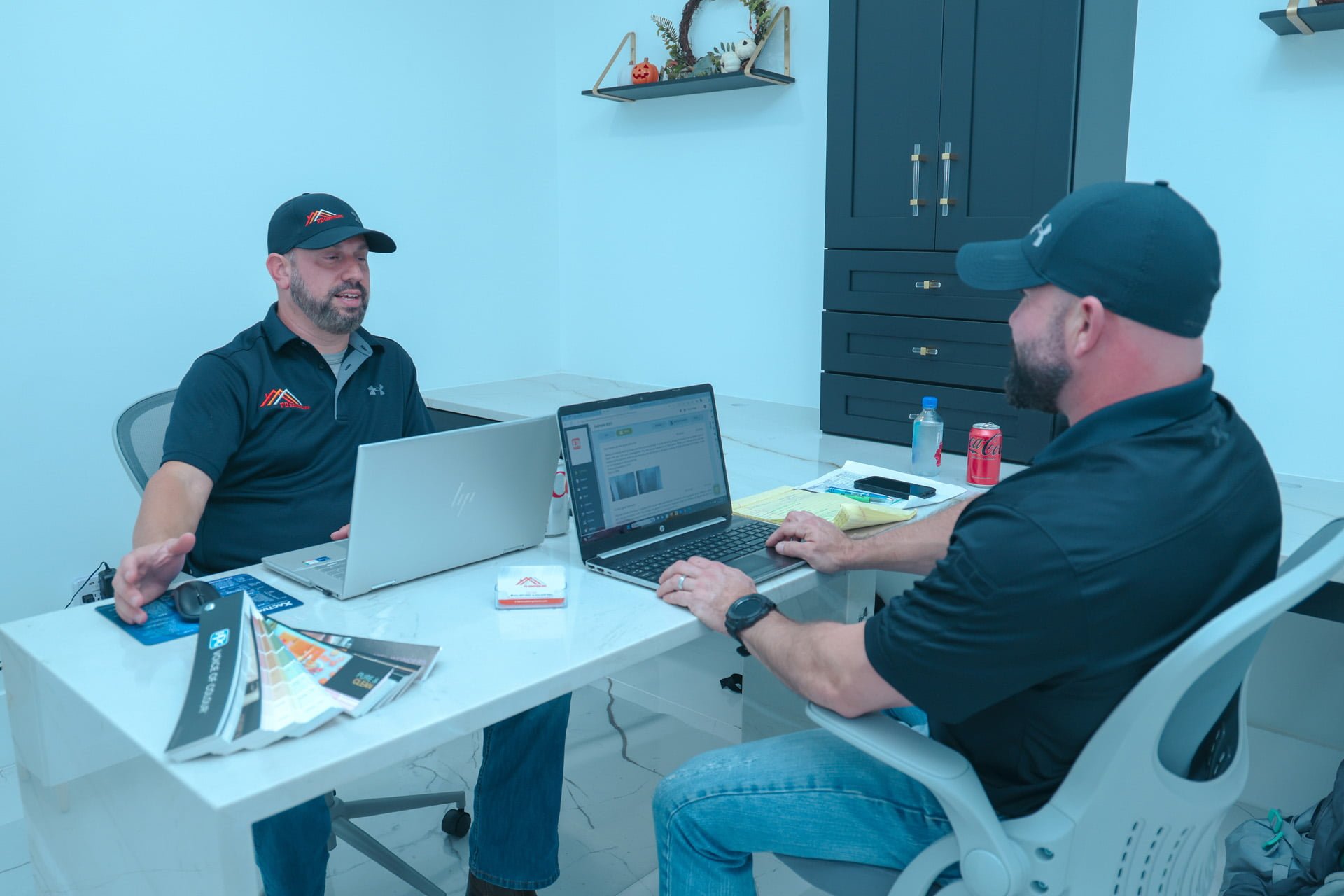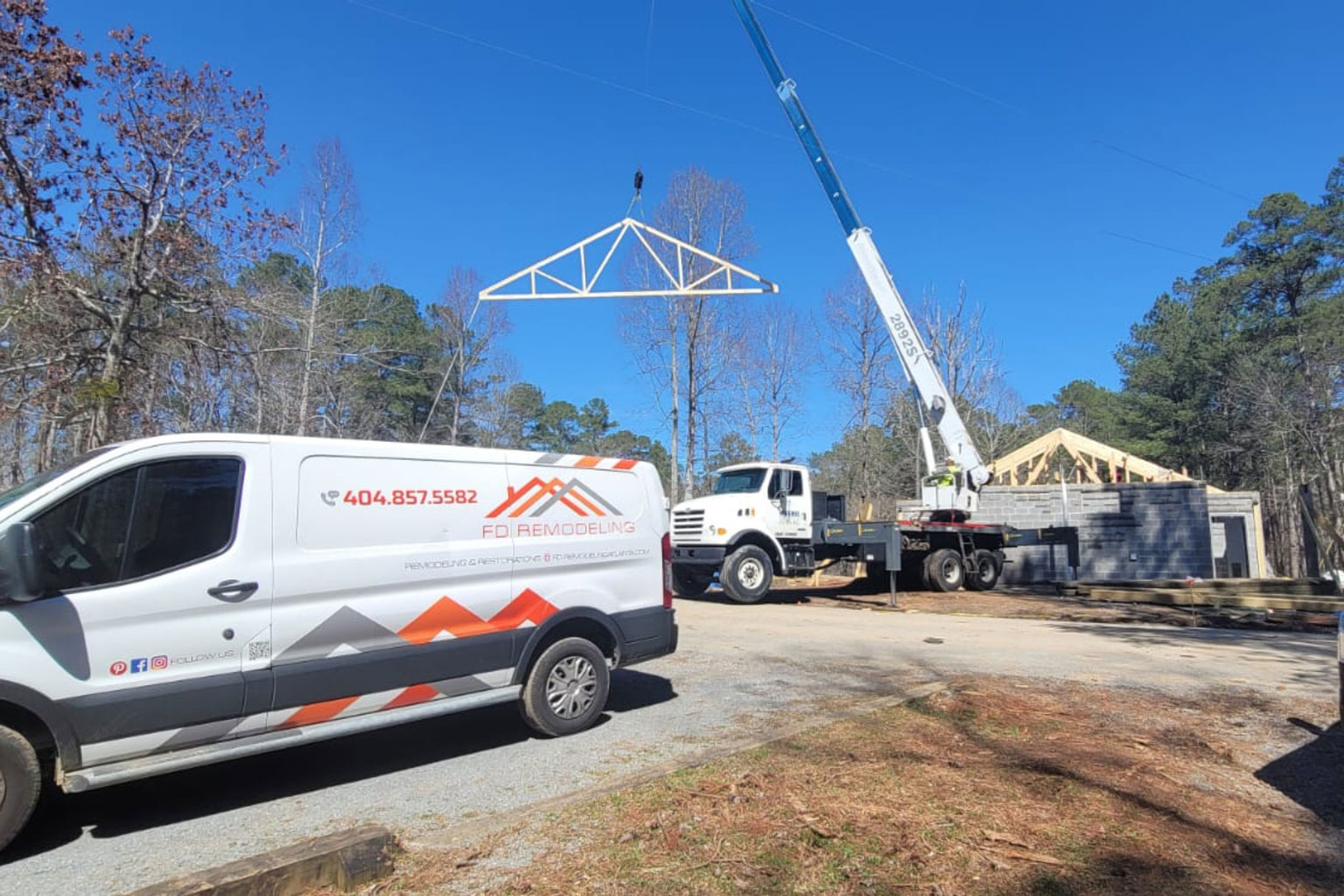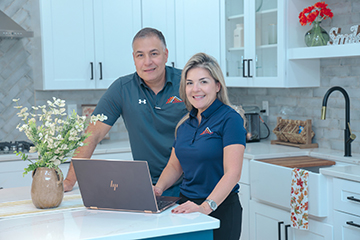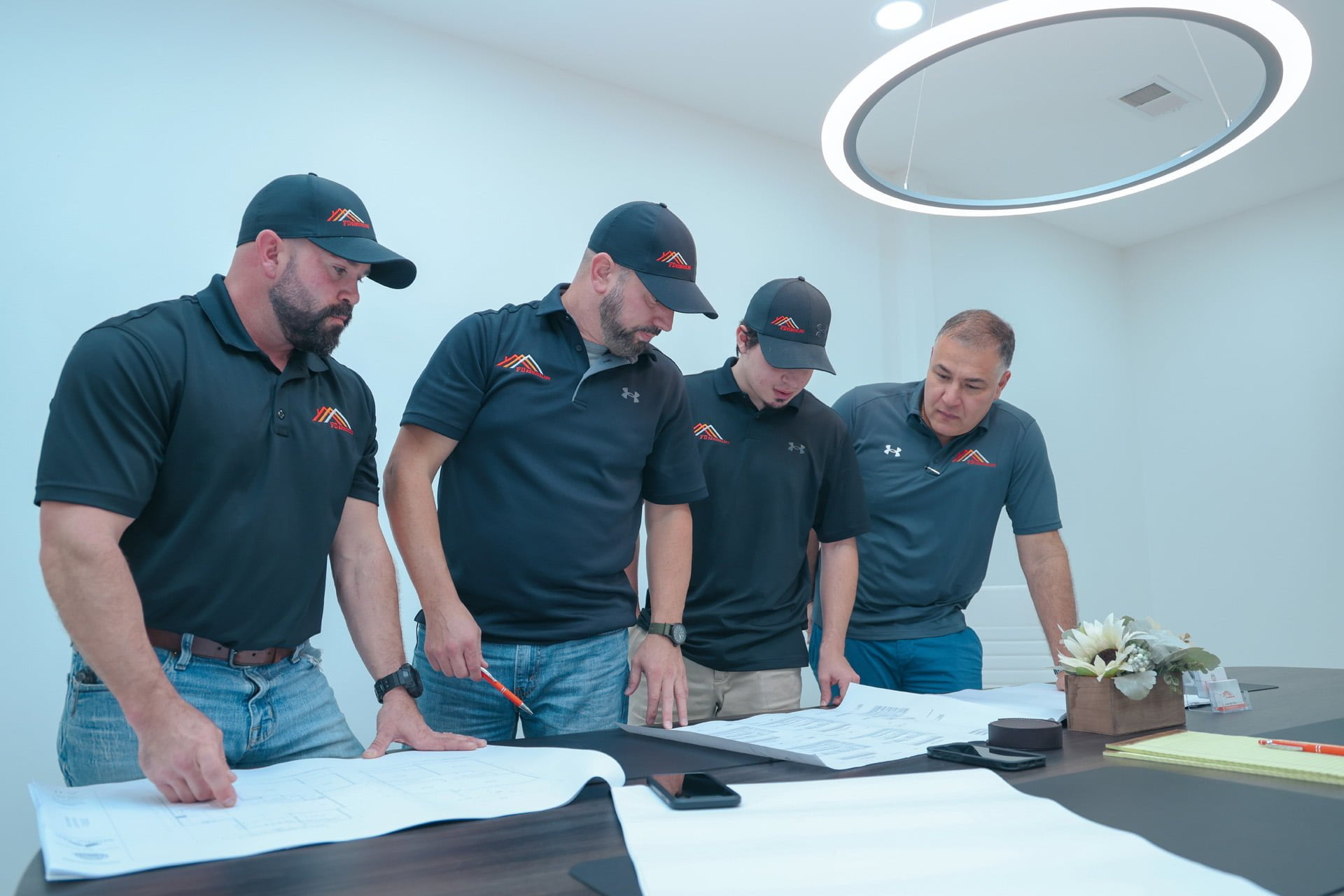Are you planning to finish your basement but worried about making costly mistakes? Many homeowners face challenges when tackling projects like installing new floors, ensuring proper heat, or fitting a bathroom within their budget.
In this guide, you’ll learn how to navigate local building codes, choose the right flooring materials, and create a functional layout for your space. By following these key considerations, you can transform your basement into a comfortable and valuable part of your home and avoid problematic basement finishing errors.
Basement Finishing Errors: Essential Tips for a Flawless Job
Identify Common Basement Finishing Errors to Avoid
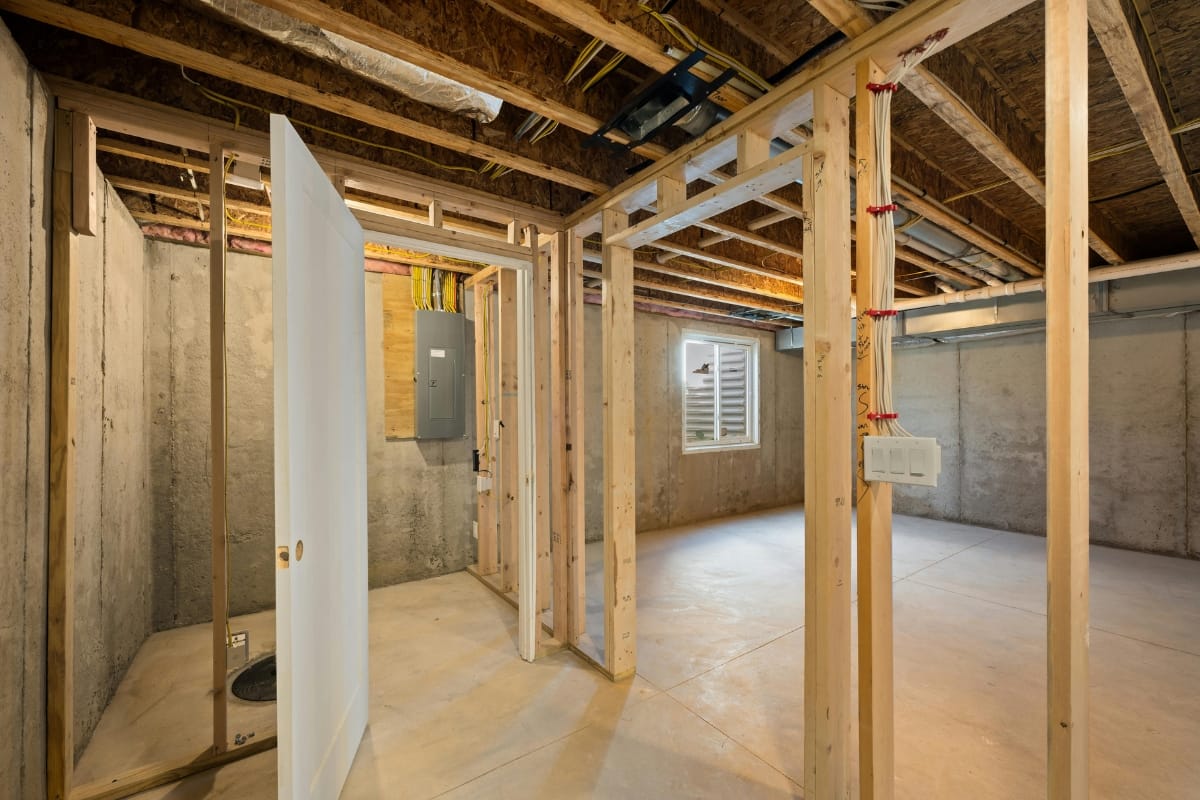
One common mistake when finishing your basement is neglecting the walls. Without proper insulation and moisture barriers, your basement walls can become cold and damp, leading to uncomfortable living spaces and potential mold growth.
Improper plumbing installations can also cause major headaches. Leaky pipes or poorly planned plumbing layouts can lead to costly water damage and disrupt the functionality of your newly finished basement.
Another error to watch out for is overlooking the ceiling. Failing to install a sturdy ceiling can result in a space that feels unfinished and may hide important elements like electrical wiring, which need to be accessible for future repairs.
Lastly, ignoring signs of water damage is a big no-no. Water issues in the basement can compromise the entire structure of your home, so it’s crucial to address any leaks or moisture problems before you start your finishing project.
Avoiding these mistakes sets a solid foundation for your project. Now, let’s turn our attention to local building codes and permits to ensure everything stays above board.
Understand Local Building Codes and Permits
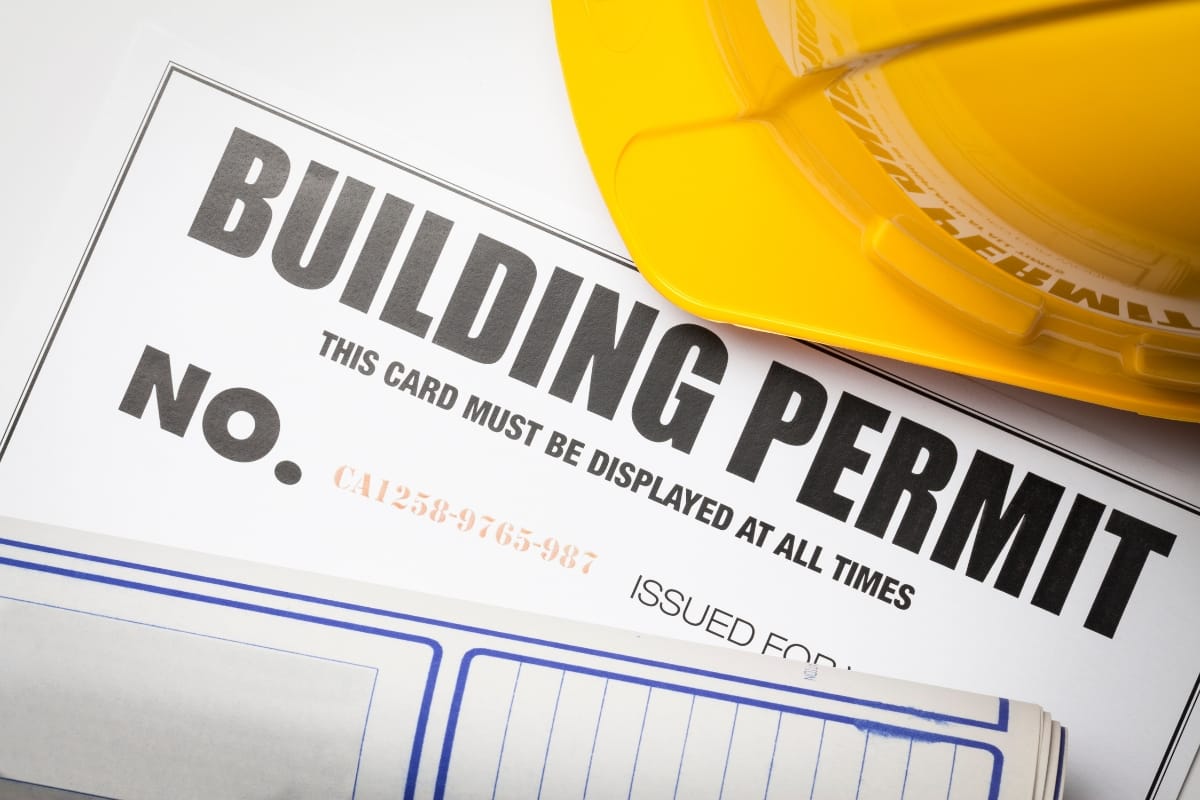
Before you start your basement project, getting the right permits is essential to ensure everything from waterproofing to electrical work meets local codes.
Take time to research Atlanta’s specific regulations to avoid issues with insurance or fines. Ignoring these rules can lead to costly water damage or problems with drywall and electrician installations down the line.
Importance of Permits for Basement Projects
Getting the proper permits for your basement project ensures your design plans, whether it’s adding a new kitchen or upgrading the lighting, comply with Atlanta’s building code.
This step not only keeps your renovation legal but also helps prevent issues like inadequate pest control measures or structural weaknesses down the line.
By securing permits, you guarantee that all aspects of your basement remodel, including electrical work and plumbing, meet safety standards. This attention to detail protects your investment and provides peace of mind, knowing that your newly finished space is both functional and up to code.
How to Research Local Codes
To effectively research local codes for your basement remodel, start by visiting the Atlanta Office of Buildings Department’s website.
Here, you can find detailed information on regulations related to electricity, concrete foundations, and ventilation standards that are crucial for a compliant and safe renovation.
Additionally, consulting with a licensed general contractor can provide valuable insights and ensure that all aspects, including roof considerations and proper ventilation, meet the required codes. They can guide you through the complexities of:
- Obtaining necessary permits
- Adhering to electrical wiring regulations
- Ensuring proper concrete installation
- Maintaining adequate ventilation standards
Consequences of Ignoring Regulations
If you skip following local building codes during your basement renovation, you could face unexpected costs down the line. For instance, improper use of materials like foam insulation might lead to moisture problems that require expensive fixes once daylight reveals hidden issues.
Ignoring regulations can also affect the quality of your finishes, such as paint jobs that don’t meet safety standards. This oversight might not only increase the overall cost of your project but also create safety hazards, making it essential to adhere to all necessary codes from the start.
Once you’ve nailed down the regulations, it’s time to consider how water will flow around your property. Proper drainage ensures your renovation stands the test of time.
Plan for Proper Drainage Solutions
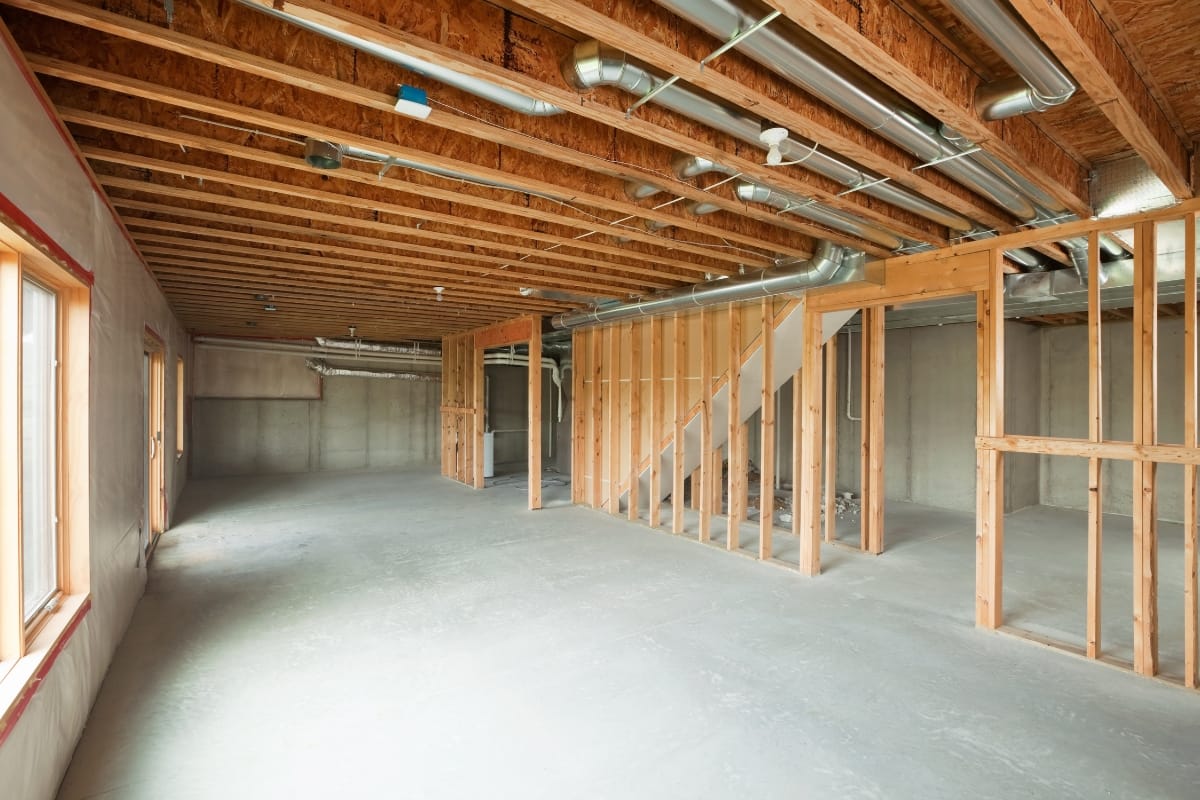
When you finish your basement, proper drainage is key to protecting your investment. By implementing effective drainage solutions, like choosing the right sump pump and installing French drains, you can prevent moisture buildup and mold growth in your room. These strategies keep your basement dry and safe, ensuring a comfortable and lasting living space.
Preventing Water Damage With Effective Drainage
Make sure your drainage system directs water away from essential features like your windows and fireplace. Properly installed pipes and sump pumps can prevent water from seeping in, reducing the risk of mildew and keeping your basement dry.
Effective drainage also safeguards your electrical wiring from moisture damage. By managing water flow correctly, you ensure that your lighting and outlets remain safe and functional, giving you peace of mind.
Choosing the Right Sump Pump
Choosing the right sump pump is a crucial step in your home improvement project. A properly selected sump pump ensures effective water management, protecting your carpet, furniture, and wood from potential water damage. Investing in a quality sump pump not only safeguards your basement but also enhances your return on investment.
There are various types of sump pumps available, each designed to meet different needs:
- Submersible Pumps – Ideal for larger basements with higher water levels
- Pedestal Pumps – Better suited for smaller spaces and easier maintenance
- Battery Backup Systems – Provide extra protection during power outages
By understanding these options, you can select a sump pump that best fits your basement’s requirements and ensures long-term reliability.
Importance of French Drains
Installing French drains in your basement ensures that water is efficiently diverted away from your home, protecting key areas like bedrooms and living spaces from moisture-related issues.
Integrating French drains with your home’s existing duct and water heating systems prevents disruptions in your interior design plans due to unexpected water damage.
A well-designed French drain system works alongside vapor barriers to maintain a dry and comfortable basement environment. This harmony between drainage solutions and your home’s infrastructure safeguards your investment and allows you to enjoy a beautifully finished space without worrying about underlying water problems.
With drainage sorted, it’s time to keep the chill out. Let’s take a closer look at insulating your basement for lasting comfort.
Evaluate Insulation Needs for the Basement
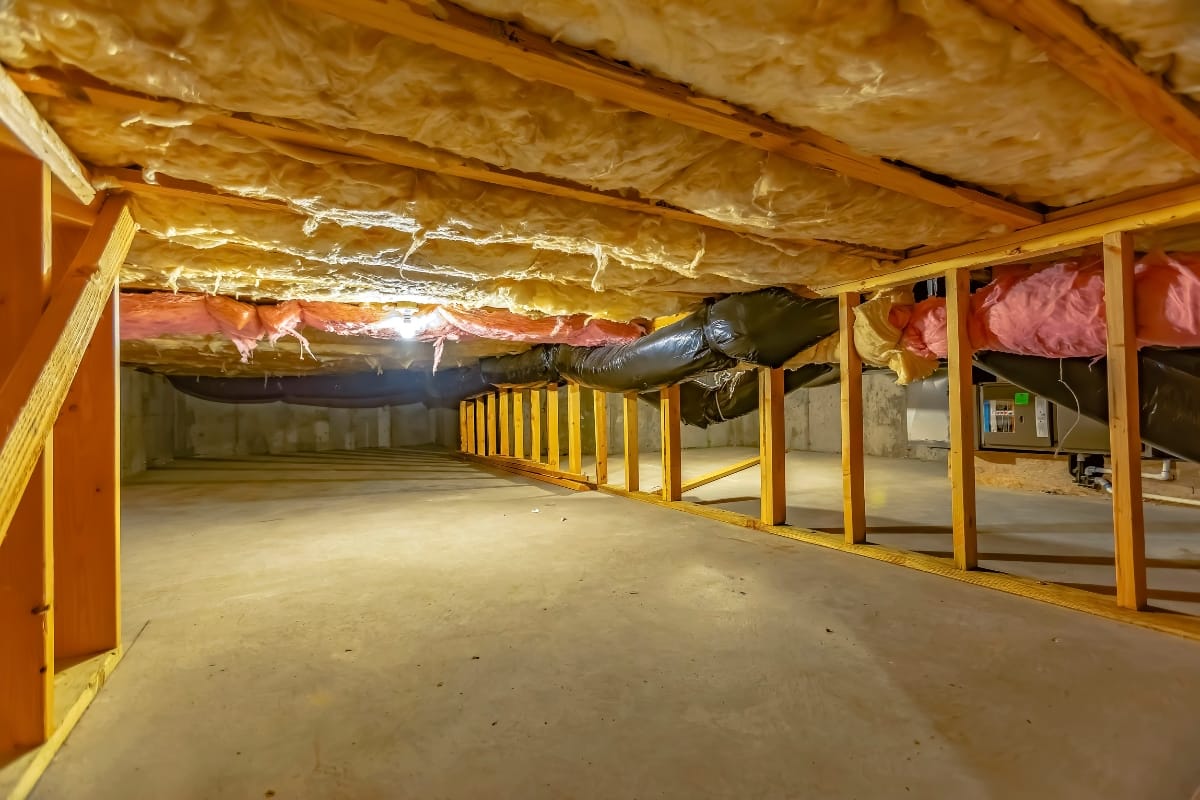
Choosing proper insulation materials is key for soundproofing and energy efficiency. During your inspection, look for signs like drafts near windows or chimneys.
Addressing air leaks boosts your real estate value and ensures a comfortable floor plan.
Selecting Proper Insulation Materials
Selecting proper insulation materials is vital for enhancing energy efficiency and protecting your basement‘s foundation. Opt for products that come with a reliable warranty to ensure longevity and maximize your investment.
When choosing insulation, consider the following aspects:
- Ease of installation, including necessary screws or fasteners
- Thermal resistance (R-value) to improve energy conservation
- Durability and compatibility with your basement‘s construction
- Warranty coverage for peace of mind
Recognizing Signs of Poor Insulation
Detecting poor insulation in your basement remodel is key to a successful basement finishing. Look out for drafts near windows or doors, which indicate gaps in your carpentry work.
If your real estate agent mentions that energy bills are unusually high, it might be time to reassess your basement insulation strategy:
| Signs of Poor Insulation | Solutions |
|---|---|
| Cold spots or drafts | Add or replace insulation around windows and doors |
| High energy bills | Improve overall basement insulation to enhance energy efficiency |
| Mold or condensation | Install moisture barriers and ensure proper ventilation |
Addressing these issues during your basement renovation can significantly improve comfort and energy efficiency. By ensuring proper insulation, you enhance your basement remodel’s value and appeal, making it more attractive to potential buyers and providing a cozy space for your family.
Addressing Air Leaks
When you’re tackling air leaks in your basement remodeling project, using quality tape is a simple yet effective solution. Make sure to seal all corners thoroughly to prevent drafts and boost your HVAC system’s efficiency. Properly taped seams can significantly enhance the comfort of your newly finished space.
Focusing on key areas like windows, doors, and where HVAC ducts meet the walls can greatly reduce unwanted airflow. Inspect your building for gaps and apply appropriate sealing methods to ensure airtightness:
| Signs of Air Leaks | Solutions |
|---|---|
| Drafts near windows | Use weatherstripping or sealant tape |
| High energy bills | Check and seal HVAC ducts |
| Gaps around corners | Apply caulking or specialized tape |
After you’ve checked how well your basement is insulated, it’s time to turn your attention to the air moving through the space. Good ventilation can make all the difference in keeping your basement comfortable and safe.
Ensure Adequate Ventilation in the Space
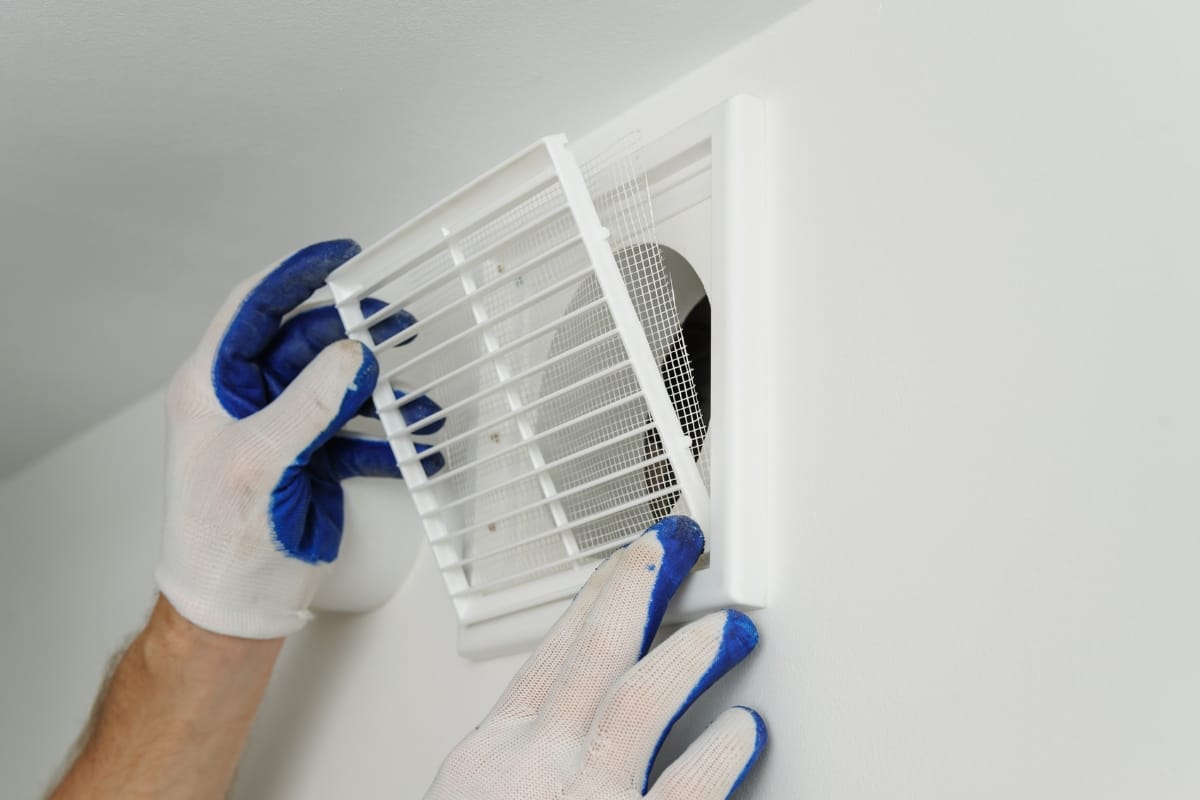
When finishing a basement, proper ventilation is key. Understanding the types of ventilation systems helps you manage moisture issues common in wet basements.
Whether you’re tackling kitchen remodeling or bathroom remodeling, mechanical ventilation offers significant benefits. Ensuring good airflow keeps your space comfortable and prevents problems down the line.
Types of Ventilation Systems
When choosing ventilation systems for your basement, you have several options to consider. Mechanical ventilation systems, like HRVs and ERVs, actively control airflow to maintain air quality, enhancing safety and health by reducing moisture and preventing mold growth.
On the other hand, natural ventilation relies on windows and vents to allow fresh air in, which can be a more accessible and cost-effective solution for maintaining a comfortable basement environment.
Proper ventilation not only boosts the safety and health of your living space but can also positively impact your mortgage by ensuring your home meets essential building codes.
Additionally, managing air pressure through balanced ventilation systems helps prevent drafts and maintains a stable indoor climate, making your basement a more inviting and functional area for your family.
Recognizing Moisture Issues From Poor Ventilation
When ventilation is lacking, moisture can seep into your basement’s masonry walls, leading to dampness and potential mold issues.
You might notice water stains or a musty odor, signaling that your sump pump and utility systems need attention. Keeping an eye out for these signs helps you tackle problems early, preventing costly repairs later on.
Regular maintenance of your sump pump is crucial for effective water management while using quality adhesive seals around windows and doors can keep leaks at bay. Ensuring proper airflow reduces humidity levels, protecting your basement from moisture-related damage and creating a healthier, more comfortable space.
Benefits of Mechanical Ventilation
Using mechanical ventilation in your basement finishing project not only keeps the air fresh but also protects the aesthetics of your space.
By maintaining proper airflow, you prevent moisture from settling on surfaces like tile and joint compound, ensuring your finishes look pristine and last longer. This means your beautifully tiled floors and smooth walls remain free from unsightly mold or mildew, keeping your basement looking sharp and inviting.
Investing in a good ventilation system can also save you from unexpected expenses down the line. Proper airflow helps preserve your tools and materials by reducing the risk of damage caused by excess humidity.
This proactive approach ensures that your renovation projects stay on track without costly repairs, making mechanical ventilation a smart and practical choice for maintaining both the functionality and appearance of your finished basement.
With the air circulating well, you can focus on how to use your basement. Let’s plan a space that fits your lifestyle.
Create a Functional Layout for the Basement
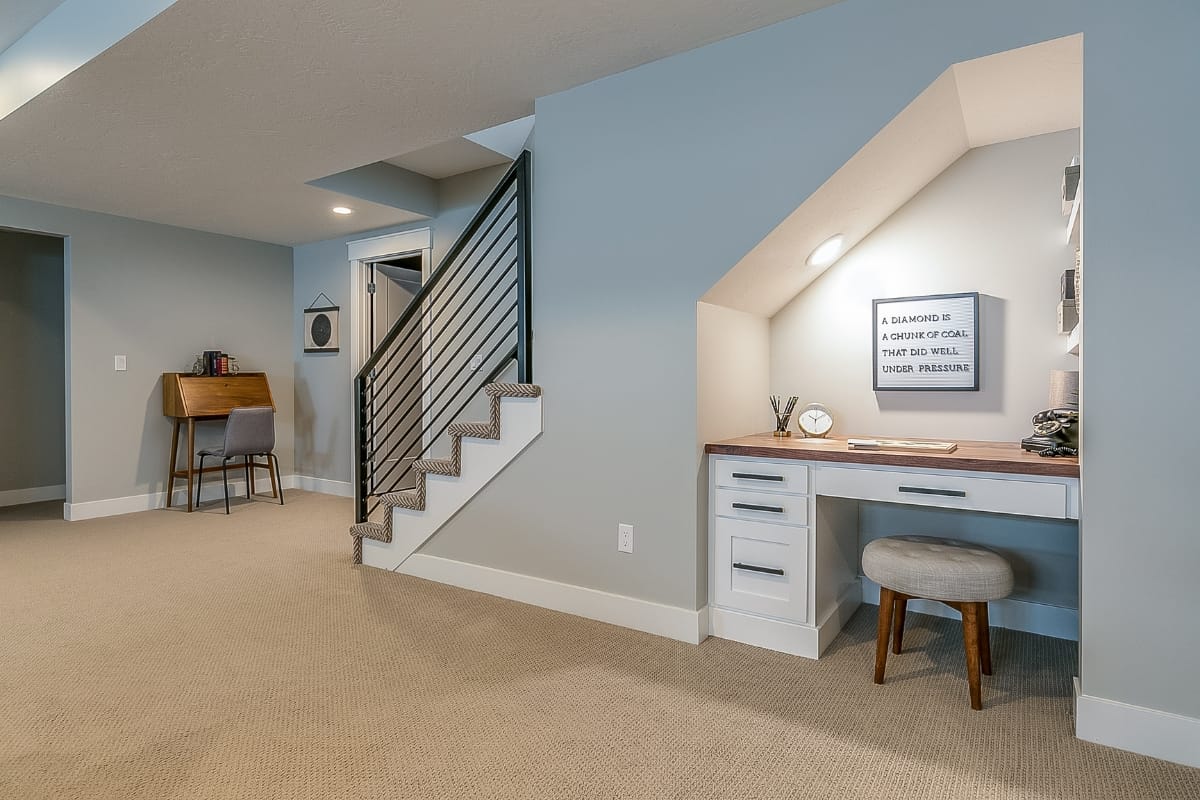
When you create a functional basement layout, think about wire setup, framing, and where to place your thermostat.
Focus on accessibility and smooth flow between areas, and set up zones for different activities like a garage or a relaxation space. Good planning makes your basement both practical and enjoyable.
Factors Influencing Basement Layout
Your basement layout should account for essential components like the furnace and sump pump to ensure efficient heating and proper water management. Positioning these elements thoughtfully can prevent future stress and make maintenance easier.
Incorporate glass features to enhance natural light, creating a more inviting space while complying with local building policies. Balancing aesthetics with functionality helps you achieve a layout that meets both your style and practical needs.
Prioritizing Accessibility and Flow
When planning your basement layout, prioritize the placement of stairs to ensure smooth movement throughout the space.
Properly positioned stairs help you create a seamless flow, making your basement a dream area for both relaxation and functionality:
- Strategic stair placement for easy access
- Incorporation of flue systems for ventilation
- Connecting indoor spaces to your lawn for natural light
- Managing soil drainage around your home
Additionally, ensure that essential elements like flues are integrated thoughtfully to maintain air quality, and consider how your basement interacts with your lawn and surrounding soil to prevent moisture issues.
These steps help you create a space that is both accessible and comfortable for your daily needs.
Establishing Zones for Different Activities
When you’re setting up different areas in your basement, think about how each zone will enhance your quality of life.
Whether you want a cozy entertainment center, a functional workspace, or extra storage with well-designed closets, planning each space carefully ensures everything flows smoothly.
Using materials like plywood for sturdy partitions can help define these areas while keeping the overall layout open and inviting.
Don’t forget to consider safety when establishing zones, especially if you have combustion appliances like furnaces or heaters. Proper ventilation and the right placement of these units are crucial to maintaining a safe environment.
Additionally, finishing the walls with quality mud not only gives your basement a polished look but also helps protect against moisture, ensuring your newly finished space remains comfortable and durable for years to come.
Your basement now has a functional layout. Next, let’s choose the right flooring materials to complete the space.
Choose the Right Flooring Materials

When choosing basement flooring, evaluate options that fit your home’s architecture and manage moisture well. Consider materials that are easy to maintain and allow for recycling.
If you’re financing your remodel with a loan, select durable floors that work with baseboards and nearby toilets seamlessly. These choices ensure your basement flooring is both stylish and practical.
Evaluating Flooring Options for Basements
When evaluating flooring options for your basement, consider materials that handle moisture well to minimize the risk of water damage.
For instance, vinyl flooring is a great choice as it resists dampness and pairs seamlessly with a sump pump to keep your space dry. Additionally, choosing the right flooring can help prevent pest issues by eliminating easy access points for unwanted guests.
It’s also important to select flooring that complements your overall deck design and allows for easy maintenance. Engineered hardwood or tile can be excellent choices, as they are durable and easy to clean with caulk applied around edges to seal any gaps.
By carefully assessing your basement’s specific needs, you can choose flooring that not only looks great but also stands up to the unique challenges of basement living.
Importance of Moisture-Resistant Options
Choosing moisture-resistant flooring is a crucial rule of thumb to prevent potential hazards like mold and mildew in your basement. By selecting the right materials, you simplify the complexity of maintenance and ensure your space remains safe and comfortable.
Your knowledge of moisture-resistant options can also complement other elements like cabinetry, keeping your entire basement remodel cohesive and durable.
Investing in quality flooring now saves you from costly repairs down the line, making it a smart choice for long-term satisfaction.
Maintenance Considerations for Basement Flooring
Taking care of your basement flooring is a smart way to save money in the long run. Regular maintenance, like sweeping and promptly cleaning spills, helps preserve materials such as vinyl or hardwood, giving you confidence in their durability.
Additionally, ensuring proper zoning around your basement can prevent moisture issues that might otherwise require expensive plaster repairs.
Integrating a smart thermostat can also play a role in maintaining your flooring by controlling the basement‘s humidity levels, which reduces the risk of mold and damage.
By staying on top of these maintenance considerations, you ensure your basement remains a comfortable and attractive space without unexpected costs.
With your floors now in place, it’s time to turn your attention to the lighting. Proper lighting can completely change how your space feels and works.
Implement Proper Lighting Designs

Good lighting can make a big difference in your basement. Utilize natural light to showcase your hardwood floors and boost efficiency.
Choose the right artificial lighting and layer your lights for both functionality and ambiance. Whether you’re a do-it-yourselfer or seeking information from a podcast, these strategies will guide you in creating a well-lit space.
Importance of Natural Light Considerations
Bringing in natural light can transform your basement from a dark, cramped space into a bright and welcoming area. Adding windows or glass doors not only enhances the ambiance but also helps you save on energy costs.
To effectively incorporate natural light, keep these tips in mind when planning your lighting design:
- Use a utility knife to carefully trim window treatments made of paper or fabric for the best fit
- Install doorways that allow light to pass through, making the space feel more open
- Set aside a contingency fund for any additional materials or adjustments needed during installation
Selecting Suitable Artificial Lighting
When selecting suitable artificial lighting for your basement, think about the different types of fixtures that can enhance both functionality and ambiance.
Good lighting not only brightens up the space but also highlights key areas, making your basement more usable and inviting. Here are some options to consider:
| Lighting Type | Description | Best For |
|---|---|---|
| Recessed Lighting | Installed into the ceiling for a sleek, unobtrusive look. | General lighting |
| LED Fixtures | Energy-efficient and long-lasting lighting solution. | Task and ambient lighting |
| Track Lighting | Adjustable tracks that can highlight specific areas. | Accent lighting |
By choosing the right artificial lighting, you can solve common basement issues like poor visibility and create a comfortable, well-lit environment.
Make sure to layer your lighting with a mix of ambient, task, and accent lights to achieve a balanced and versatile space that suits all your needs.
Layering Lights for Functionality and Ambiance
When you layer your basement lighting, you combine different types of lights to make the space both functional and cozy.
Start with ambient lighting to provide overall brightness, then add task lights where you’ll be working or reading, and finish with accent lights to highlight artwork or architectural features. This approach ensures your basement is well-lit for every activity while creating a welcoming atmosphere.
For example, you might install recessed lights for general illumination, add pendant lamps over a kitchen island for cooking tasks, and use LED strips to showcase a home theater setup.
By thoughtfully placing each layer, you can enhance the usability of each area and make your basement feel like a well-designed extension of your home.
Good lighting transforms your space. To ensure everything comes together perfectly, trust skilled professionals with the essential tasks.
Hire Qualified Professionals for Essential Tasks
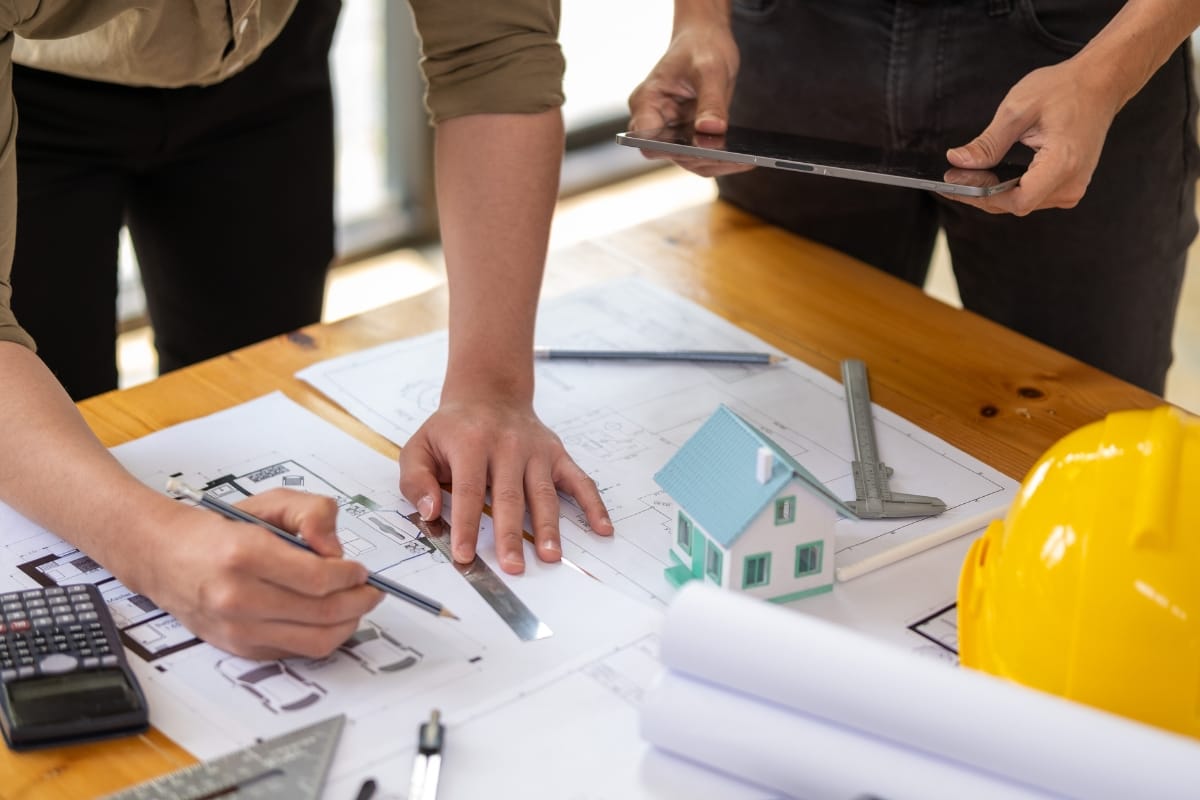
When finishing your basement, some tasks need a pro touch. Knowing which jobs require expertise helps you avoid mistakes.
Finding reliable contractors in Atlanta is easier by checking client testimonials and reviews. Let’s explore how to select the right professionals for your basement project.
Recognizing Tasks That Require Expertise
When it comes to basement finishing, certain tasks demand the skill and knowledge of qualified professionals:
| Task | Why It Requires Expertise |
|---|---|
| Electrical Installation | Ensures safety and compliance with building codes |
| Plumbing | Prevents leaks and water damage |
| HVAC Systems | Maintains proper heating and ventilation |
By entrusting these tasks to professional remodeling contractors, you minimize the risk of errors that could lead to expensive repairs later on. Plus, experts bring valuable insights to optimize your basement’s functionality and aesthetics.
How to Find Reliable Contractors
To find reliable contractors for your basement finishing project, start by seeking recommendations from neighbors and local community groups in Atlanta.
Word-of-mouth referrals are a great way to connect with professionals who have a proven track record of delivering quality remodeling services in your area.
Additionally, take the time to check online reviews and verify each contractor’s licenses and certifications. This ensures you’re hiring experts who comply with local building codes and have the necessary experience to handle your basement renovation smoothly.
The Value of Client Testimonials and Reviews
Reading client testimonials and reviews is a great way to gauge a contractor’s reliability and quality of work.
When you look for feedback from previous clients, you get honest insights into their experience, helping you make an informed decision for your basement remodel.
Positive reviews can highlight a contractor’s strengths, like timely project completion and excellent customer service, giving you confidence that they can handle your specific needs.
Plus, testimonials often share real-life examples of how the contractor overcame challenges, ensuring your basement finishing project stays on track and avoids common mistakes.
Frequently Asked Questions
What are common basement finishing mistakes to avoid?
Avoid common basement finishing mistakes like poor moisture control, insufficient insulation, inadequate lighting, skipping permits, and underestimating budgets. Proper planning ensures your Atlanta basement is safe, comfortable, and exactly what you envisioned.
Do I need permits for basement remodeling in Atlanta?
Yes, you’ll need permits for basement remodeling in Atlanta to comply with local building codes. FD Remodeling can guide you through the permit process, ensuring your project in Cobb, Cherokee, Clayton, Dekalb, Douglas, Fulton, Gwinnett counties, or Atlanta meets all requirements.
How can I ensure proper drainage in my basement?
Ensure proper basement drainage by grading soil away from your home, installing gutters and downspouts, and setting up a sump pump or interior drainage system. Contact local Atlanta remodeling professionals for tailored solutions to keep your basement dry.
What insulation is best for basement areas?
You’ll benefit from using rigid foam board insulation for your basement because it resists moisture and provides excellent temperature control. Alternatively, spray foam insulation offers a tight seal, reducing drafts and improving energy efficiency.
Should I hire professionals for basement renovation?
Yes, hiring professionals for basement renovation ensures quality, compliance with Atlanta codes, and efficient completion. With over 20 years’ experience, FD Remodeling handles your project expertly and meets your expectations.
Conclusion
Finishing your basement is a fantastic way to add value and functionality to your home, but avoiding common pitfalls is essential to achieving the results you desire.
Trust the experts at FD Remodeling Company to guide you through the process and ensure your project is completed flawlessly. With our expert remodeling services, attention to detail, and commitment to quality, we’ll help you create a beautiful, functional space you’ll love.
Call us today at 404-857-5582 or visit our website to fill out our online form and get your project started today. Let’s bring your basement vision to life!

